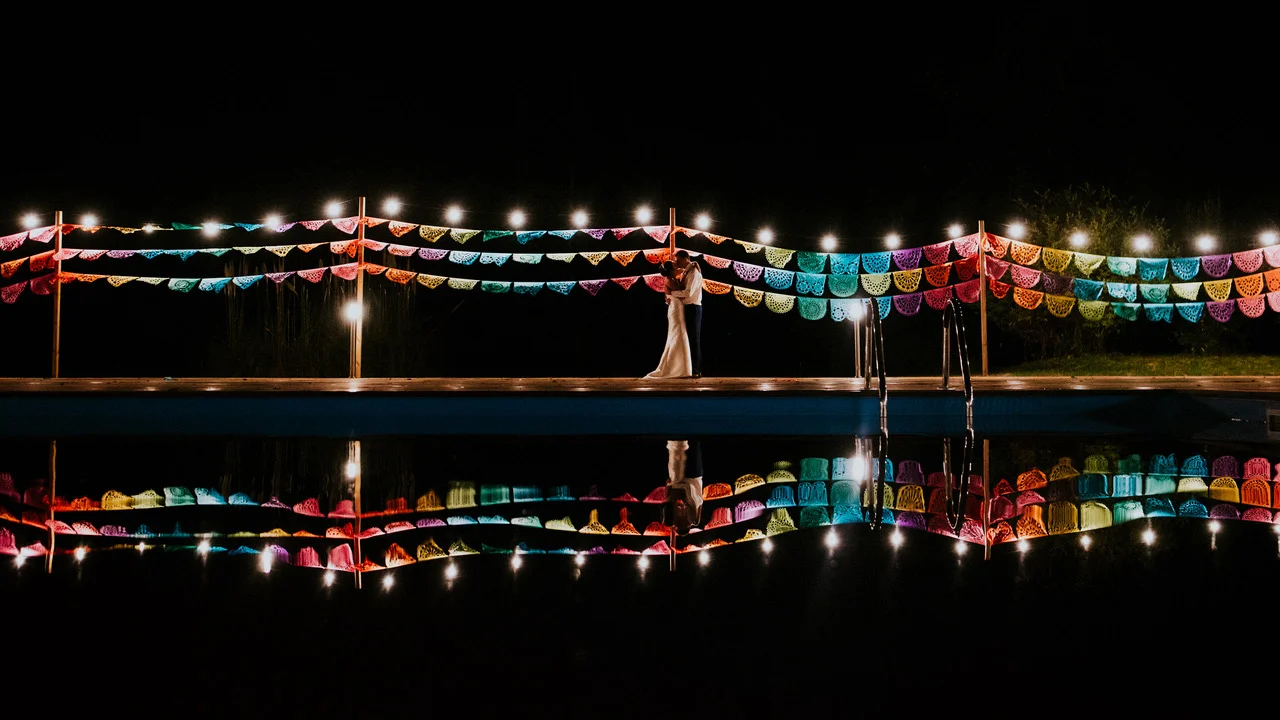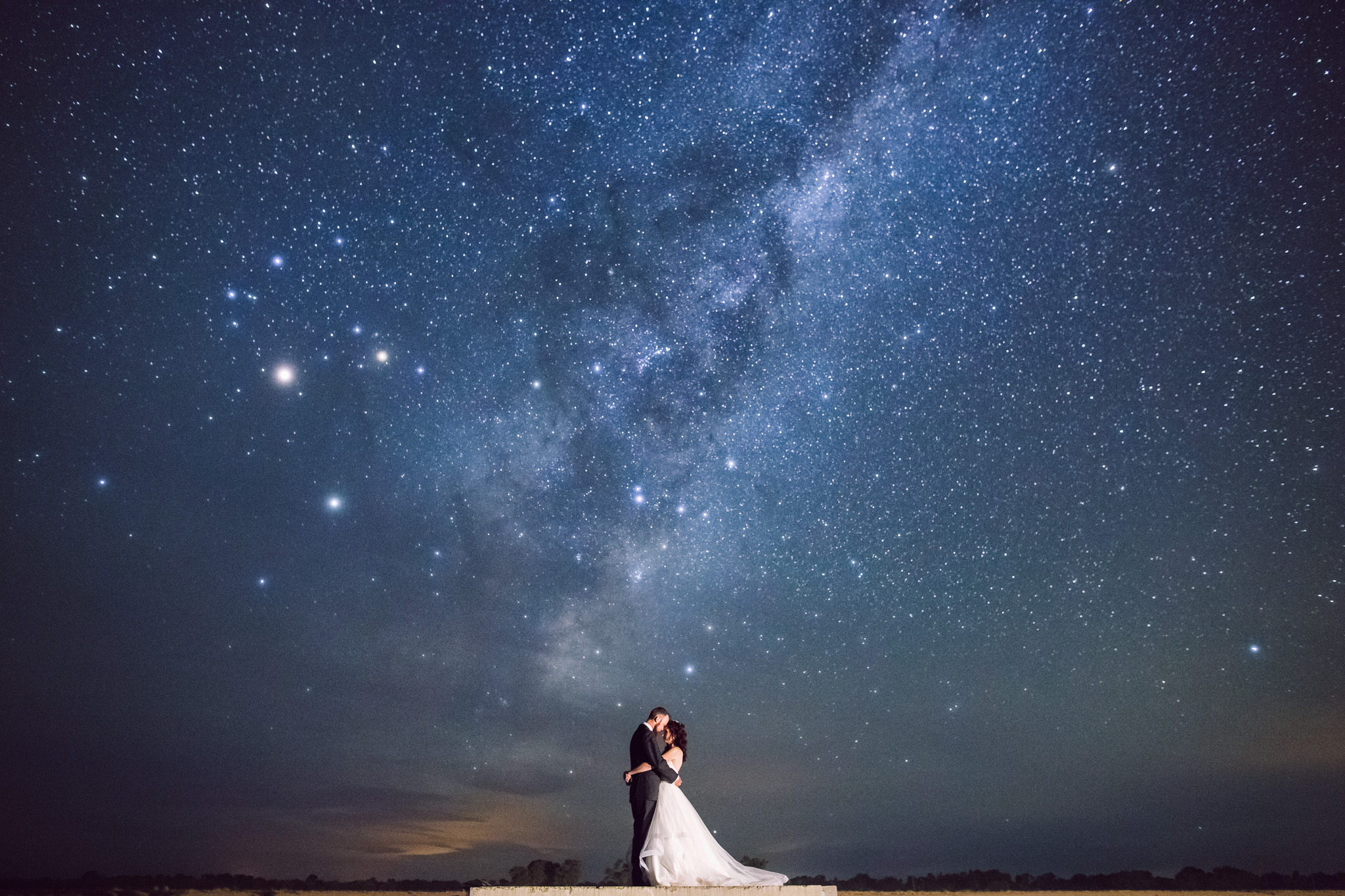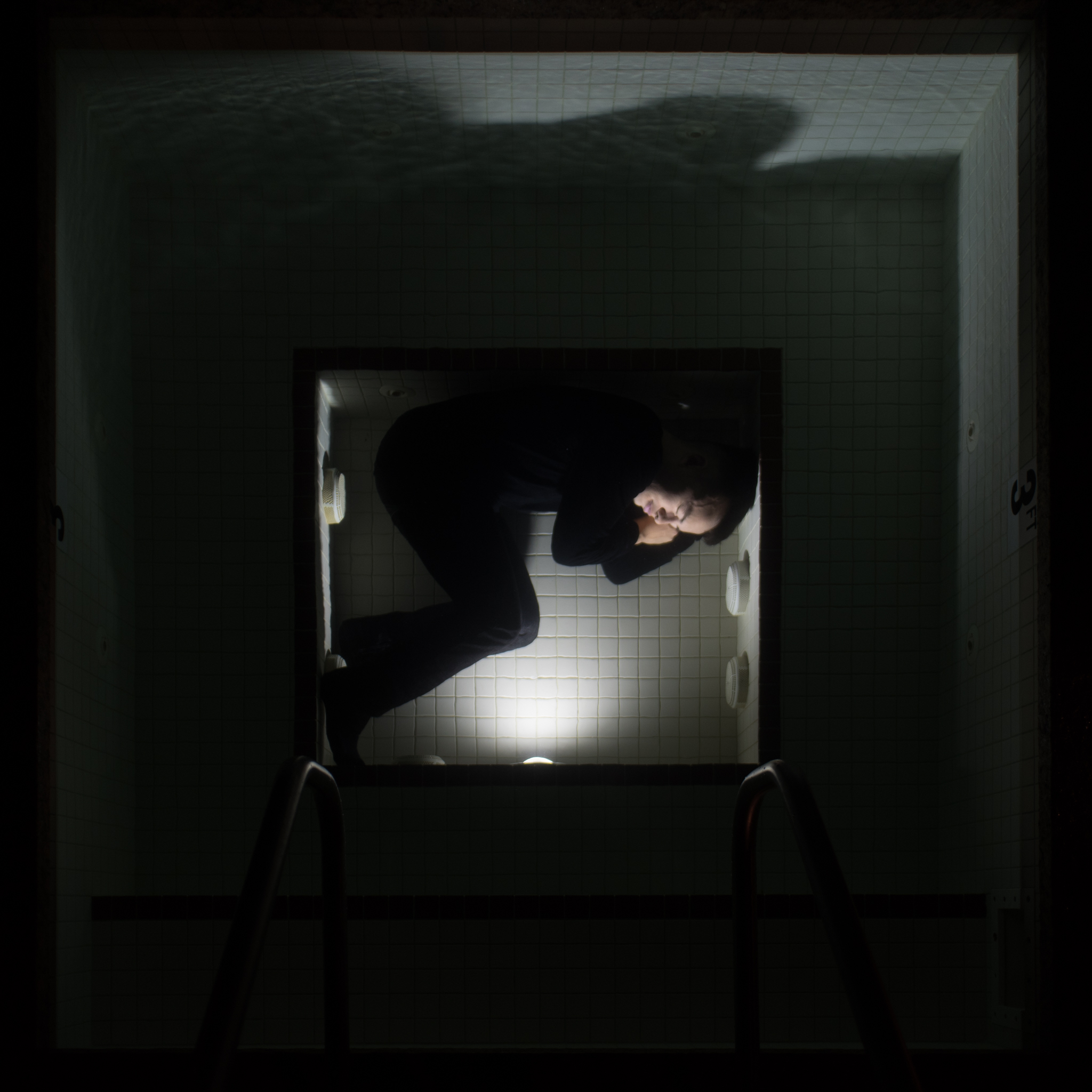WHHHAAAT!? This image is amazing. We needed to know more. To wit:
Jack. You. Go!
I am a Wedding Photographer based in Sydney, Australia. I started shooting landscapes about 6 years ago, and though friends and chance I fell into weddings and haven't looked back. I love traveling for weddings, but have fallen head over heels for country weddings (especially in different parts of Australia). I still shoot a lot of film and always have personal projects on the go as I don't think you ever stop learning and I very much enjoy bringing new things into the way I capture weddings. I also have an archiving business called The Archive Lab which looks at preserving historical film, prints, slides for future generations as well as developing/scanning film. I also co-founded an editing company last year called Plus Minus Collective to help photographers improve workflow and it is a subject I am very passionate about (I was a Project Manager in a former life)
By what artists/creatives are you influenced? What inspires you?
I love to network and meet people and through this I find most of my inspiration surrounding me. I connect with and find inspiration from artists who put a lot of their personality into their work and this is something I have always aspired to do. So a lot of inspiration is taken from within the circle of friends I have made over the years. Being able to talk with someone, learn more about them and then see how their personality shapes their work is very inspirational for me. If I had to put some names out there it would be Len from I Love Wednesdays, Aaron DuRall, Chris O'Dell, Taylor McCutchan, Dylan Howell and an awesome landscape photographer named Alex Burke.
As for other mediums.. I appreciate design and architecture but photography really captures all of my attention. It started with photographers like Gregory Crewdson and finding people like Patrick Joust through the wonders of the internet. I love all genres and am inspired by what people can see or how they can come up with a photograph from their imagination.
Do you have a vision in mind before going out and shooting? Tell us about about what gear you uses and your workflow, how you crafted the image, both on set and in post.
I generally approach my shoots with the idea idea of making the most of the location/situation and seeing how the conditions suit. I often visit landscape locations multiple times in different conditions to explore, scout and try out different compositions. For weddings I will scout locations beforehand (where possible) and in my head put together the frames I like the most and hope we get to try them all. Ultimately the conditions of what/where you are shooting will shape the end result. I think this is what keeps photography fresh for me, and especially helps me avoid getting caught up in the 'volume' that is photography nowadays. If I am shooting somewhere, I am shooting it for me and I am enjoying that moment in time. I find a lot of peace in going out and shooting and enjoying the unique scenes unfolding in front of me. They will always be mine and mine alone, because it is how I see it and how I capture it.
I take this approach to weddings as well, sometimes you have new locations but often you get ones you may have been in before. The people are always unique, they are always doing things their way and the locations are forever changing and different. My vision and goal is to create something unique to them, and the way the day was.
I shoot Canon 5D3's for most of my work, with mostly Sigma Art glass and a few L lenses in there for good measure. Film wise.. I have pretty much every format, but love shooting medium format, specifically 6x7 on my Makina 67 or 6x17 on my Fuji G617. I really love using natural light in my photographs as it emits a lot of warmth and captures the scene as it was. I have spent a long time learning how to shoot and manipulate it to my advantage. Having said that, I am all about image quality so I’ll bring in my own light as required. Flashes, LED panels or torches.. whatever helps get the job done or create the look that I am after.
My workflow always starts with setting the scene, so finding the framing I want to use for the landscape/scene and then working the other variables around this. I might frame something for the lines, perspective or how the light is currently falling. After the framing then ill prepare a variety of shoots that help achieve the look I want. It might be long exposures for the scene and and shorter exposures for the people. It is a rolling variable that I will take into consideration so I don't look back and wish I had done more at the time. However sometimes everything just comes together with a single frame. I really love the challenge of trying to do this and am always ecstatic when it does.
Now tell us how this amazing image came together, from conception to completion.
I road tripped around 2000km to get to this wedding which was in a town called Deniliquin which is in country Australia. The landscape is very flat, in fact one of the flattest parts of the southern hemisphere and there is very little light pollution so this makes for great stargazing. The groom is also a photographer, so I really wanted to capture something special and knock it out of the park. One of the biggest challenges with weddings is time and location and often you have to work with the location you have or you have very little time to make it happen.
I had said to these two that I wanted to get out and use the stars if possible for a shot during the reception, so at a point where there was a little bit of quiet time I grabbed them and we headed outside. I knew the direction I needed to shoot in as I had pre-planned where the milky way would be, I just needed some elevation so I could get the angle to capture both themselves and the stars in a frame. John (the groom) suggested a concrete platform a few hundred meters from the reception (big marquee with tonnes of light). The only other light was in the distance behind where they would stand from a harvester or machinery working late into the night. I got them into position first (it was literally pitch black.. cant see your hand in front of your face). I then ran back and set up my angle. I wanted as much light as possible so I grabbed my Sigma 24 Art.. I love this lens because I am not big on distortion, so I know if I frame it will I can bring the corners in and avoid bad pin cushioning. I have my go to settings for capturing stars (also based on focal length) but when bringing people into the frame it adds the extra complexity.. two frames or just one?
I decided I would make sure I get all the frames I need with them first, then if I needed some longer ones for the stars I could simply have them step out of frame and I could finish my complimentary frames. For stars I actually shoot a higher ISO than many, mainly so I don't have to shoot wide open and I can try some shorter exposures in the beginning. I’ll then ramp down my ISO and change my other variables (like exposure time) so I can make the choice later. I always carry many lights on me.. I had 2 x LED panels and a LED torch in my pocket. I love live view, you can't beat it for photos at night. Live View on, torch on subjects, manual focus.. lights out and exposure on. I started off long, just to see how much light I had to work with. I realized I could dial it back a bit and go for a shorter exposure. When placing the couple in the frame I said stand in a way that you can relax and hopefully not much very much. Turns out these twos are professional statues and did an amazing job. I shot a variety of frames, some long, some short with higher/lower ISO's.. with the LED panels and with a triggered flash behind them. One of my early shots turned out to be the perfect one to use. It was shot at F2 for 10 seconds at ISO 6400. It captured them without moving and used the ambient light from the venue behind us to light them. I framed the shot so it included what they were standing on for context and I find it keeps the frame real, not just fantasy. The exposure caught enough of the sky that I could work on bringing out the milky way in post processing and the result is the image you see here. I generally shoot a custom white balance and then I will colour balance the image in post. This photo ended up being 4 layers for the sky in Photoshop and Lightroom adjustments/brushes for the foreground. The colour preset I used is one I use for 99% of my photographs, I usually let the light and scene dictate the final look of the photograph.
Mouse over the image for that Sweet B&A Magic!


































































